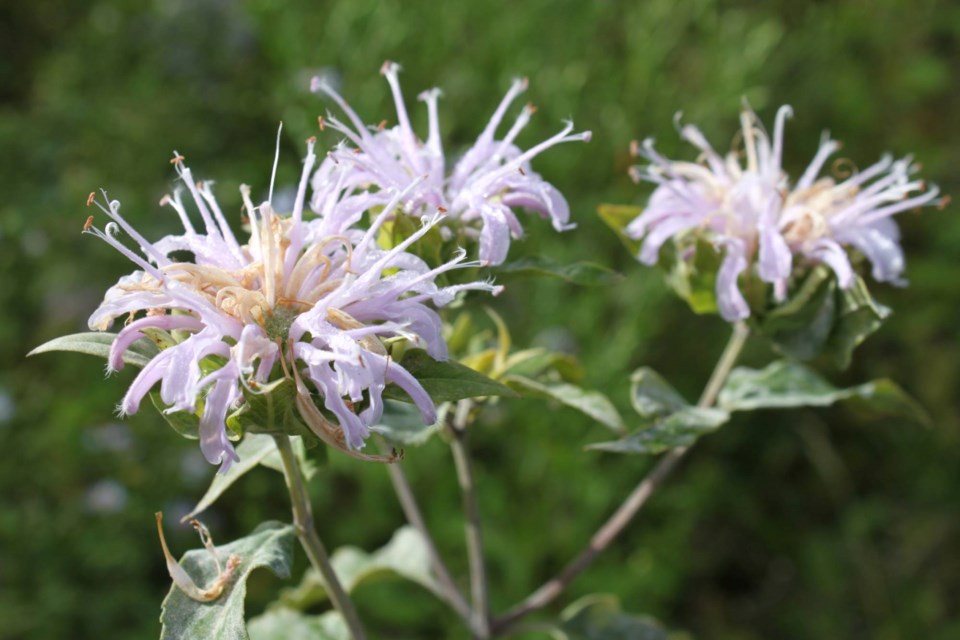Walking among the blooms at Northern Wildflowers is like being transported into one of Claude Monet’s impressionist masterpieces.
It’s mid-August, and the landscape has been suffused in a kaleidoscope of colours: among them are the cheery yellow of black-eyed Susans, scarlet beebalm’s fiery red, the vibrant purple of dense blazing star, and butterfly milkweed’s vivid orange.
“In two weeks even the farm will look different,” said Jenny Fortier, the company’s founder and CEO, while surveying the rolling acreage, bees buzzing from flower to flower.
“The varieties that are flowering now will be done and there will be a new bunch of varieties taking their turn flowering. That's one of the appeals of a native meadow ecosystem, both from a visual and biodiversity perspective.”
As lovely as the flowers are, only once they wither and go to seed does the harvesting begin.
On this 40-acre Whitefish property west of Sudbury — along the serendipitously named Flowers Road — Fortier and her staff grow native perennials and then gather, clean and sort the seed for sale to customers across Canada.
The company also contracts more than a dozen wild collectors and growers at locations throughout the country to cultivate vegetable varieties under its Cutleaf Seeds brand, along with some wildflower varieties that don’t do well in the farm’s clay soil.
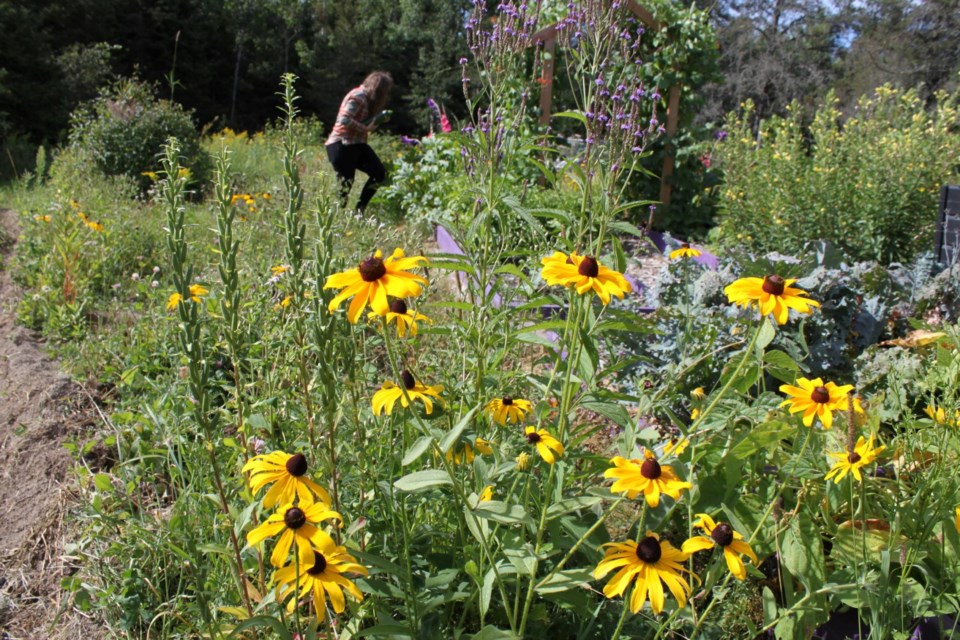
About 70 per cent of Northern Wildflowers’ business comprises industrial bulk sales, Fortier said.
That includes mining and construction clients looking to rehabilitate scarred land, municipalities seeking pollinator-friendly alternatives for their public spaces, and landscape architects requesting native seed for new projects.
The remaining 30 per cent are residential customers ordering from the website or grabbing a packet of seeds from a Northern Wildflowers rack at one of more than 100 garden centres nationwide.
SEE: From mine site to pollinators paradise
Fortier attends a variety of tradeshows every year to promote the brand, including at the largest mining show in Ontario, hosted each spring by the Prospectors and Developers Association of Canada. This fall, she’ll be debuting her products at the Natural Organic Wellness show in Toronto, presented by the Canadian Food and Health Association.
“Right now, our retail program focuses on independent garden centres, which has been really excellent,” Fortier said. “But we really haven’t formed a deal yet with a large chain, so that is one of our goals this coming year.”
Plans to expand into the U.S. this year are on hold for now, given the tumult associated with trade tariffs, but Fortier is now aiming for 2026 to make that move.
An ecologist and master gardener who holds a master’s degree in watershed ecosystems, Fortier joked that she and her husband “did not know what we were doing” when they purchased the property nine years ago.
Enjoyed by the previous owners for leisure activities like hunting, it had never been used for agricultural purposes. It’s hilly, surrounded by tall pines, and has slightly acidic, heavy clay soil — “not a super desirable piece of land,” Fortier laughed. “But not the most terrible land either.”
Each year, they spread lime, a natural mineral, to balance out the acidity, but beyond that, they work with what they’ve got.
“If we want to really amend [the soil], it would either be too costly on scale, or require amendments that would get us out of the organic space,” Fortier said. “So we’ve had to just really adjust our processes to work with the heavy clay.”
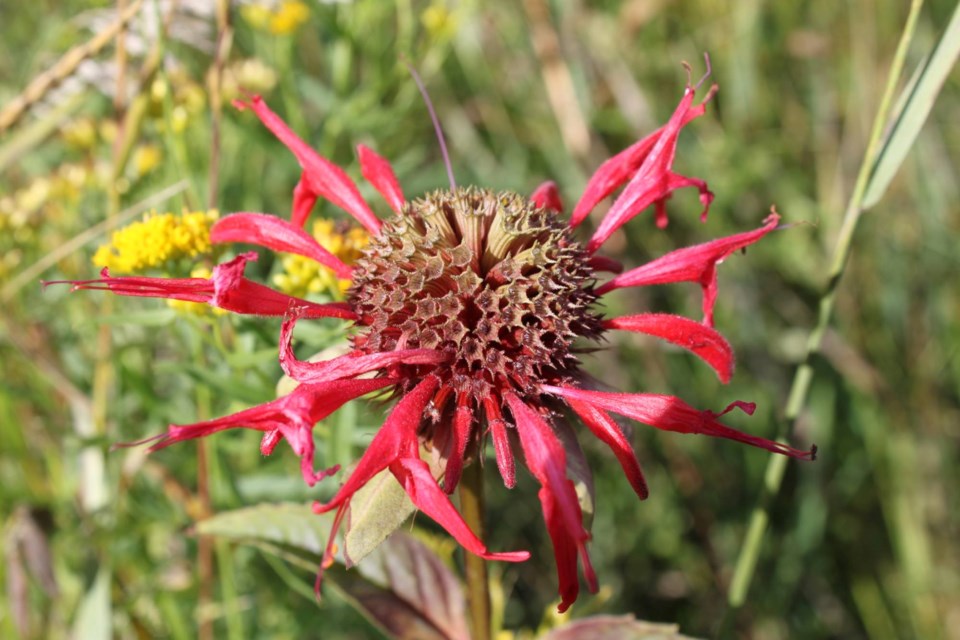
Knowing this has meant a lot of trial and error for the farm and accepting that flower farming is a long game.
They’ve learned that some flower varieties, along with the vegetables, just won’t grow there, and that’s where their network of contract growers and wild collectors — 15 by recent count — comes in.
It enables Northern Wildflowers to offer unique varieties other seed houses don’t have, including those found in wetlands and forest floors, Fortier said.
Some varieties prefer to grow in a community of other flowers, using them as support for their top-heavy blooms, while others thrive as the sole variety in a plot. There are species that do well in full sun, and others that prefer shade. The more dramatic varieties wait to make their entrance: wild indigo, for example, can take five to seven years to produce flowers, and the first year of seed isn’t usable for anything more than replanting.
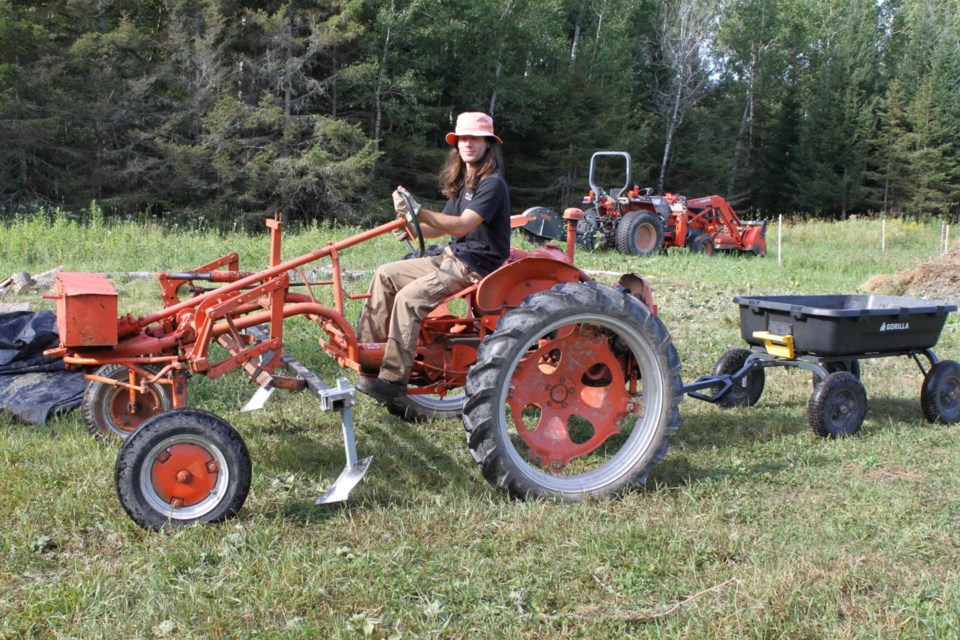
It’s a unique way of farming, said Erin Fraser, the company’s recently hired marketing and sales coordinator. And because there isn’t much out there in the way of best practices for wildflower farming, Northern Wildflowers has become its own best resource.
“We’ve worked really hard to produce seed and design mixes that are incredibly resilient for our conditions,” Fraser said, noting that many garden centres stock seed adapted for growing conditions outside of Canada. “Our mixes are for growing here and include species that will come up every year.”
Land-clearing is currently underway on another five acres, which will enable staff to plant more crops and expand production.
In advance of that, last March, the company moved into a new, 5,500-square-foot shop where the seed is laid out to dry before being cleaned, sorted and packaged.
“Our new shop has really expanded our seed processing capacity and ability to process a larger volume of orders,” said Fraser, who’s tasked with growing the brand and signing more clients on to the retailer program.
Chase Beaudoin, who came on as chief technical officer last year, is also part owner. He specializes in seed processing, seed coating, and production.
But his responsibilities extend to finding creative solutions that align with the farm’s commitment to organic, small-scale farming, like tracking down an antique Allis-Chalmers tractor that’s been modified for weeding.
Four more people work full-time at the farm. They’re joined by two part-timers in the summer and one in the winter months.
SEE: Sudbury seed provider expanding across Canada
Fortier said they’d like to hire more, since farming seems to be a sunset skill they’re keen to revive. Flower farming, in particular, is a niche market requiring very specialized knowledge that can take a lifetime to master. But she sees hope in younger generations.
“We're losing the agricultural skillset, in the North and in Canada, and so we want to teach people how to farm, especially young people, because they really get it,” she said.
“They get how important it is, but they're not growing up having been exposed to that at all. For the most part, they're not growing up having used equipment or worked outside. And so we're really, really serious about that.”
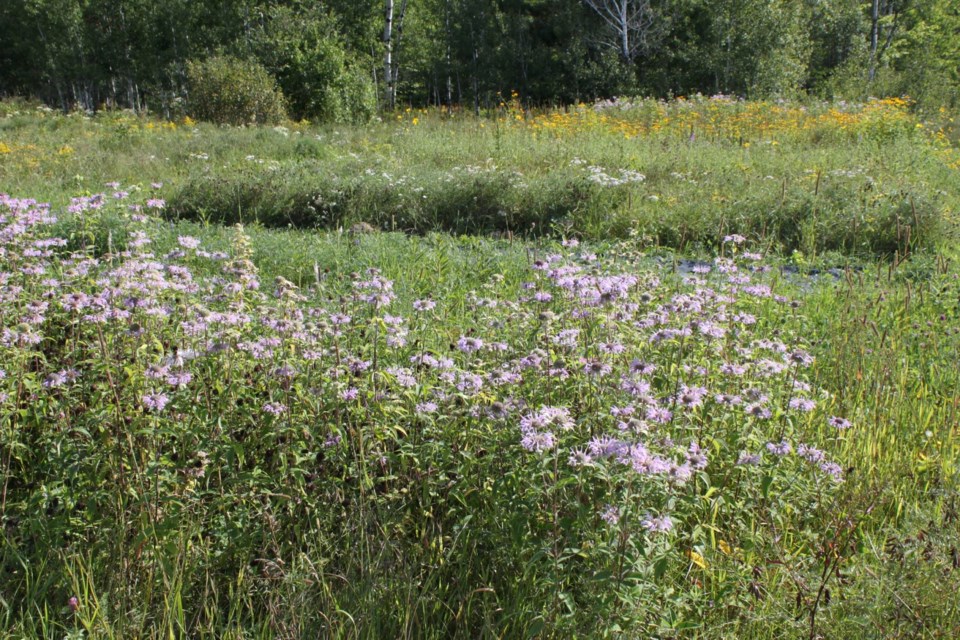
Though there’s more awareness today of the significant role pollinators play in maintaining healthy ecosystems, Fortier said there’s been little research done to determine what plants attract which pollinators.
For their part, Northern Wildflowers has teamed up with Dr. Mateus Pepinelli, a researcher and assistant professor in the School of Natural Sciences at Laurentian University in Sudbury, on a new study that aims to determine that.
Pepinelli will take samples from different flower varieties on the farm to examine the environmental DNA (eDNA) — traces of material the bees leave behind — to see what species of bees are attracted to which plant species.
“Usually, when you do samples of pollinators, you have to catch and kill the bees, which is obviously not the preferred method,” Fortier said. “So we’re doing some fun applied research in collaboration with Dr. Pepinelli's lab that is totally non-invasive, and it'll help us to see exactly what’s pollinating what.”
SEE: Native seed producers look to grow together with new working group
Public education, in general, seems to be paying off, she said, as more consumers look to native plants to address challenges like climate change and pollution.
Native species are more drought-tolerant and require less upkeep, she noted. And Northern Wildflowers is working to eliminate plastic from its packaging, offering a cotton bag for bulk consumers and paper packaging for retail.
The fact that all her seeds are organic, native to Canada and produced here at home is attractive for consumers propelled by a desire to support local supply chains.
“The push for buying domestic was a major exercise in consumer education,” Fortier said. “I think it was a bit of a shock for consumers to see how few of the products we buy are actually made or produced in Canada.”

